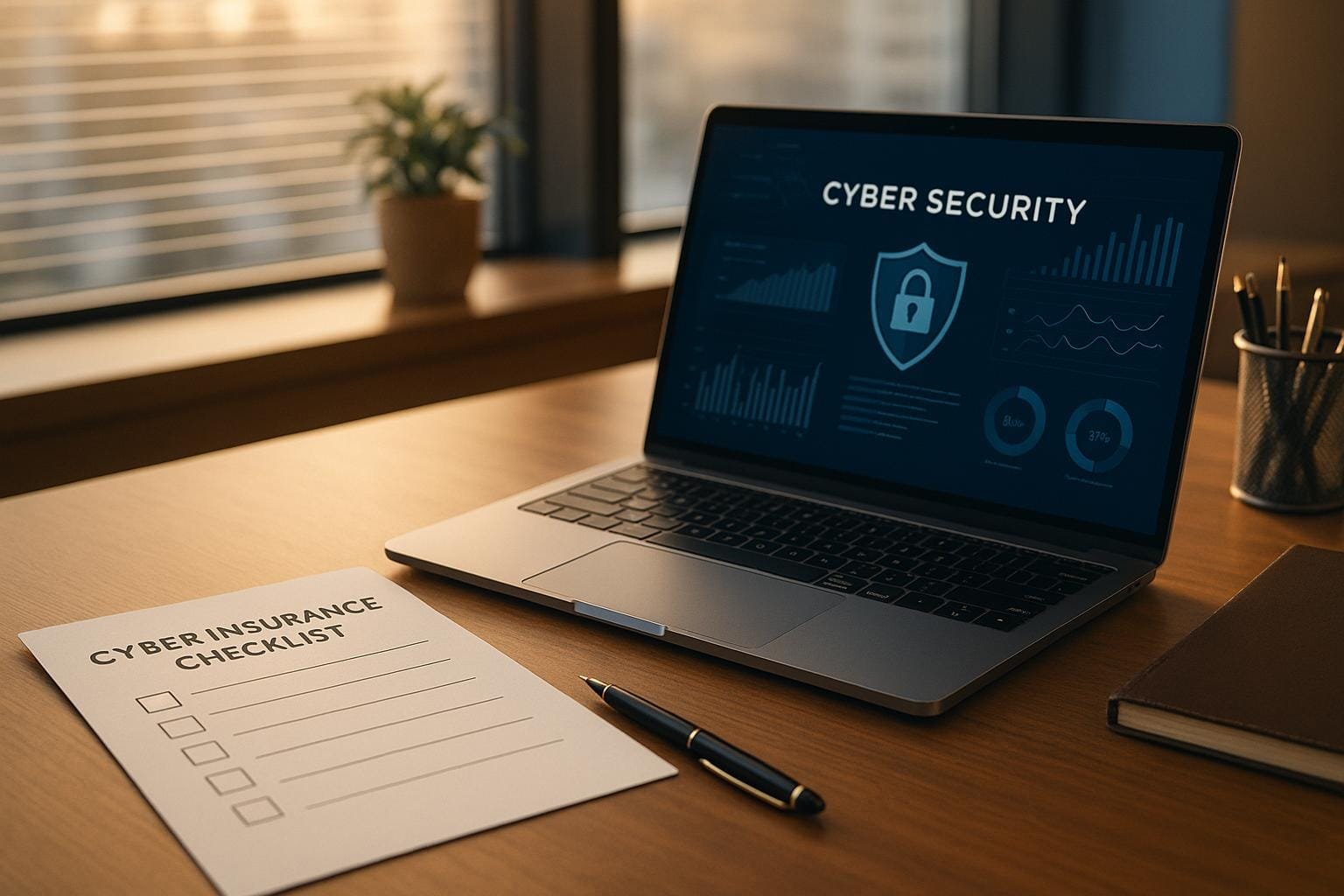One of the most common security challenges that both individuals and companies face in keeping their information secure. Phishing isn’t an unfamiliar term in today’s world. Whether it’s getting access to passwords, credit cards, or other sensitive information, hackers use emails, social media, phone calls, and any form of communications they need to steal valuable data. Below you’ll be learning about what is phishing and how can the phishing websites be detected.

What is Phishing?
Phishing is a type of social engineering attack often used to steal user data, including login credentials and credit card numbers. It occurs when an attacker, masquerading as a trusted entity, dupes a victim into opening an email, instant message, or text message. The victim is then tricked into clicking a malicious link, which leads to the installation of malware freezing the system as a part of a ransomware attack or the revealing of sensitive information. Phishing has victimized millions of users over the years to prove how effective it is to consider the curious case.
Phishing emails are used to trick users into downloading malicious attachments or visit malicious websites. Sending emails is only one part of the phishing process. The aspiring phisher usually also builds a fake website with the intention of tricking victims into entering the login credentials, banking information, which then has access to.
Typically, a victim receives a message that appears to have been sent by a known contact or organization. The message contains malicious software targeting the user’s computer or has links to direct victims to malicious websites in order to trick you into divulging personal and financial information, such as passwords, account IDs, or credit card details.
How Do Phishing Websites Reach you?
Scene 1: Opening a phishing email, Receiving emails from third-party websites is a threat to victimize you — only open attachments which are from trusted websites and that are authorized.
Scene 2: Clicking a suspicious ad. Beware of the prompting adds, which is a medium to carry out phishing attacks. The ad then leads you to a web[age asking for credit card details in exchange for information.
Scene 3: Accessing a fake login page, Beware of the links. Clicking the first link you see on the search engine is a dangerous idea. Your account can be compromised if you enter credentials while login.
Scene 4: Engaging in social media, Links delivered via social media are a source of threat. Beware of the links you open in posts, that lead you to illegal and shady websites.
Scene 5: Before Clicking, Always check and study the URL before you click it. Whenever someone sends you a link via email or social media, or in any platform, take time to review the URL before you click it. You just have to look for some red flags on the link, that’s all.
Scene 6: Identify the source of the link, Phishers will generate fake personalities from the least obvious to the most convincing ones. Study the people you’re transacting with and make sure they are legitimate.
Scene 7: You’ve ‘won’ Something: Lottery scam pop-ups are still a popular way to phish for people’s bank account and routing numbers. A message mentioning you have won a cash prize is a dangerous threat- delete it and block the email address or phone number.

How to Detect Phishing Websites?
- Educate yourself as well as your employees with mock phishing scenarios.
- Deploy a SPAM filter that detects viruses, blank senders, etc.
- Keep all your systems (security shield, malware detection, antispyware) updated and to the latest versions.
- Install antivirus solutions, schedule signature updates, and monitor the antivirus regularly.
- Develop a security policy that includes as is not just limited to password expiration and complexity.
- Deploy a web filter to block malicious websites.
- Encrypt all sensitive company information.
- Browser add-ons and extensions can be enabled on browsers that prevent users from clicking on malicious links.
- Check who owns the website, suspicions should be raised if the websites have been active for less than a year.
- Read online reviews, a good chance to see if the site has defrauded people in the past, victims will go online to share their experience and warn other users to avoid the site.
- Legitimate websites will always take care of credit cards as a payment method or may use an authorized and trusted portal for online transactions. Look for payment options provided through a bank transfer.
Tips for Spotting Fraudulent Websites:
- Trust your Brower: Your browser is a portal to the internet. Sometimes you are restricted from accessing certain websites – do follow and do not go to such a website. Never disable your antivirus or drop your firewall for accessing restricted and shady websites.
- Look for Bad Language barrier: Good websites take pride in them meaning – graphics look sharp, the spelling and grammar are on point, and the entire experience feels streamlined and polished.
- Look for Contact Us Section: Find out how much information is put up, is the address supplied, what about the phone number and does the number actually connect to the company. The more the information, the more secure you are.
- Check the Shipping and Return Policy: Any legitimate e-commerce company is going to have a shipping and return policy. In this case, if the website is a fraudulent site, it will lack in this documentation. Read the reviews, read about the privacy policy and terms and conditions.
- Check for Digital Footprint: People, as well as victims, have experiences that they want to share, look for reviews- good or bad. All it takes is about 3 minutes to find out about the website/app.
- Over-abundance of Ads: Ads are a fact of life. If you have to click several links to get through intrusive pop-ups and redirects to reach the intended page, then you are at the wrong place.
No matter how much you feel pride in yourself on being secure from these malicious vulnerabilities, it’s always a blink of second before you fall victim to a security threat. Phishing attacks may seem to rise in the coming years globally, but as long as you’re well educated in preventing them will reduce the number of victims. You’re the best defense against hackers is your extensive knowledge of the tricks they use.
That’s all about How to Detect a Phishing Website. Want to know more about day-to-day cyber attacks? Then you are at the right place at the right time. Head towards the blog sections for more information. This brings me back to a recent threat- ai.type keyboard. Researchers have found out that ai.type keyboard app has been victimizing people by unknowingly subscribing them to premium services and stealing money. Despite Google removing it, it’s still online and is conducting malicious activities. The app has been found to subscribe users to third-party services unknowingly. To know more, visit here!!
Stay Updated. Stay Protected!



